Plymouth, MI
Dry Eye Evaluation

Plymouth, MI
Dry Eye Evaluation
Dry eye disease, also known as dry eye syndrome, occurs when your eyes do not produce enough tears, or when the quality of your tears is poor. At Progressive Family Eye Care in Plymouth, we use advanced technology to evaluate the underlying causes of your dry eye disease.
What are the symptoms of dry eye disease?
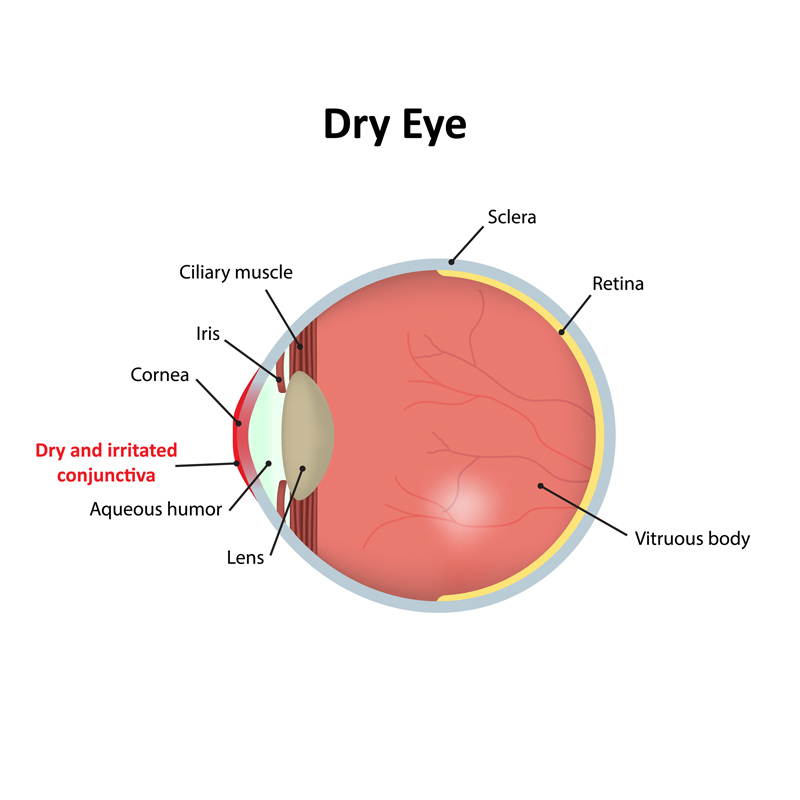
Symptoms of dry eye disease can range from mild to severe, and may include:
- Eye discomfort or pain
- A burning or stinging sensation in the eyes
- Itching
- Redness
- A feeling of grittiness or the presence of sand in the eyes
- Blurred vision
- Sensitivity to light
- Increased tear production (watery eyes)
In addition to causing discomfort, dry eye disease can also lead to more serious problems such as corneal ulcers, infections, and scarring.
What causes dry eye disease?
There are many different reasons people can develop dry eye disease. If you’re experiencing dry eye symptoms, identifying the underlying cause is critical to determining the best treatment for your specific case.

Digital eye strain
Individuals who spend extended periods in front of digital devices, such as computers, may experience dry eye symptoms due to blinking less while staring at screens.

Certain medical conditions
Certain medical conditions, such as rheumatoid arthritis and Sjogren’s syndrome, can lead to dry eye disease.

Medications
Certain medications, such as antihistamines and antidepressants, can also cause dry eye as a side effect.

Environmental factors
Environmental factors such as wind, sun, and air conditioning can contribute to dry eye

Meibomian gland dysfunction
Meibomian gland dysfunction (MGD) is a condition in which the meibomian glands, located in the eyelids, become clogged. The meibomian glands produce the oil that forms the outer layer of the tear film. If these glands are blocked and don’t produce enough oil, the tears can evaporate too quickly, leading to dry eye.
More
MGD is one of the leading causes of dry eye disease and is especially common in people who have a history of blepharitis or eyelid inflammation. Symptoms of MGD can include eye discomfort, redness, a feeling of grittiness, and a burning or stinging sensation. In severe cases, MGD can also lead to thickened, irregular eyelid margins and meibomian cyst (chalazion) formation.

Blepharitis
Blepharitis is a common eye condition that causes inflammation of the eyelids. It is typically caused by a bacterial infection, but it can also be associated with other conditions such as rosacea or allergies.
More
Symptoms of blepharitis can include redness and swelling of the eyelids, an itching or burning sensation, and crusting or flaking of the eyelashes. It can also cause dry eye syndrome, as inflammation can interfere with the functioning of the meibomian glands that produce an important part of tears.

Demodex mites
One potential cause of blepharitis and dry eye disease is an infestation of tiny mites called Demodex. These mites are normally found on human skin, but when they occur in large numbers on the eyelashes, they can cause inflammation of the eyelids. This inflammation can result in red, itchy eyes and cause damage to the oil glands in the eyes, leading to dry eye disease.
More
While it’s normal to have some of these mites on your skin, an overpopulation can occur due to factors such as weakened immunity, genetics, or excessive oil production. To diagnose a Demodex infestation, your eye doctor will examine an eyelash under a microscope. This will reveal the presence of the mites and help your eye care provider determine the best course of treatment for your dry eye.

Cosmetics
Eye makeup, such as mascara and eyeliner, may contain ingredients that can cause irritation and dryness, especially when worn for extended periods. Cosmetics can also cause blepharitis by obstructing the oil glands in the eyelids, which can result in bacterial overgrowth and inflammation.
More
Another way cosmetics can cause dry eye is by blocking the tear ducts, which are responsible for draining tears away from the eyes. When the tear ducts are blocked, tears can build up in the eyes, leading to discomfort and dryness.
Evaluation for dry eye disease
If you’re experiencing symptoms of dry eye, it’s important to receive a proper diagnosis so that you can get the right treatment. At our eye doctor’s office in Plymouth, we use the ScoutPro Osmolarity System to diagnose dry eye disease.
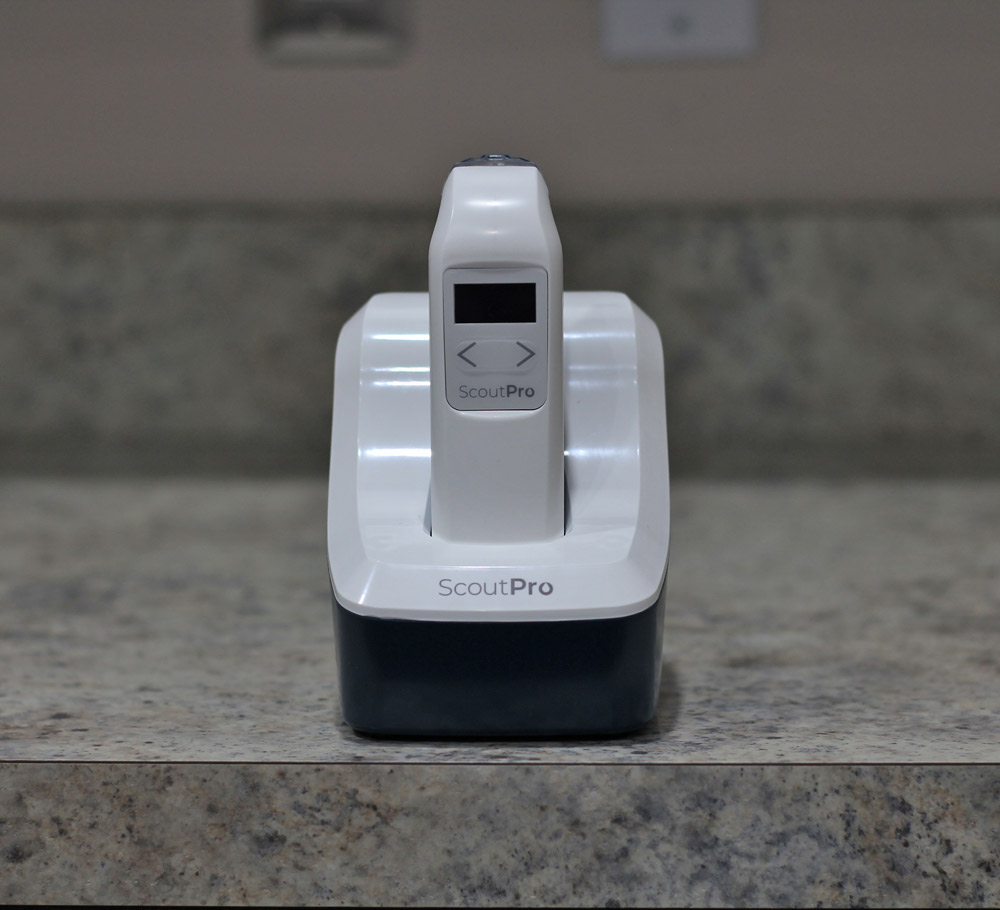
ScoutPro
The ScoutPro Osmolarity System is a quick and painless diagnostic tool that measures the salt content of your tears (or osmolarity). This is important because a high salt content can indicate that your tears are evaporating too quickly, leading to dryness and discomfort.
During the test, we collect a small sample of your tears using a gentle and non-invasive technique. The sample is then placed on a disposable card and measured with the ScoutPro device. The results are available within seconds, and our eye doctor can use them to determine whether you have dry eye disease and how severe it is.
The ScoutPro system is particularly useful because it can detect dry eye disease in its early stages before symptoms become severe. This means that we can start treatment sooner, which can help prevent damage to the eyes and improve your quality of life.
Contact us to schedule a dry eye evaluation
If you are suffering from the symptoms of dry eye disease, contact us today to schedule a dry eye evaluation! We look forward to seeing you soon.
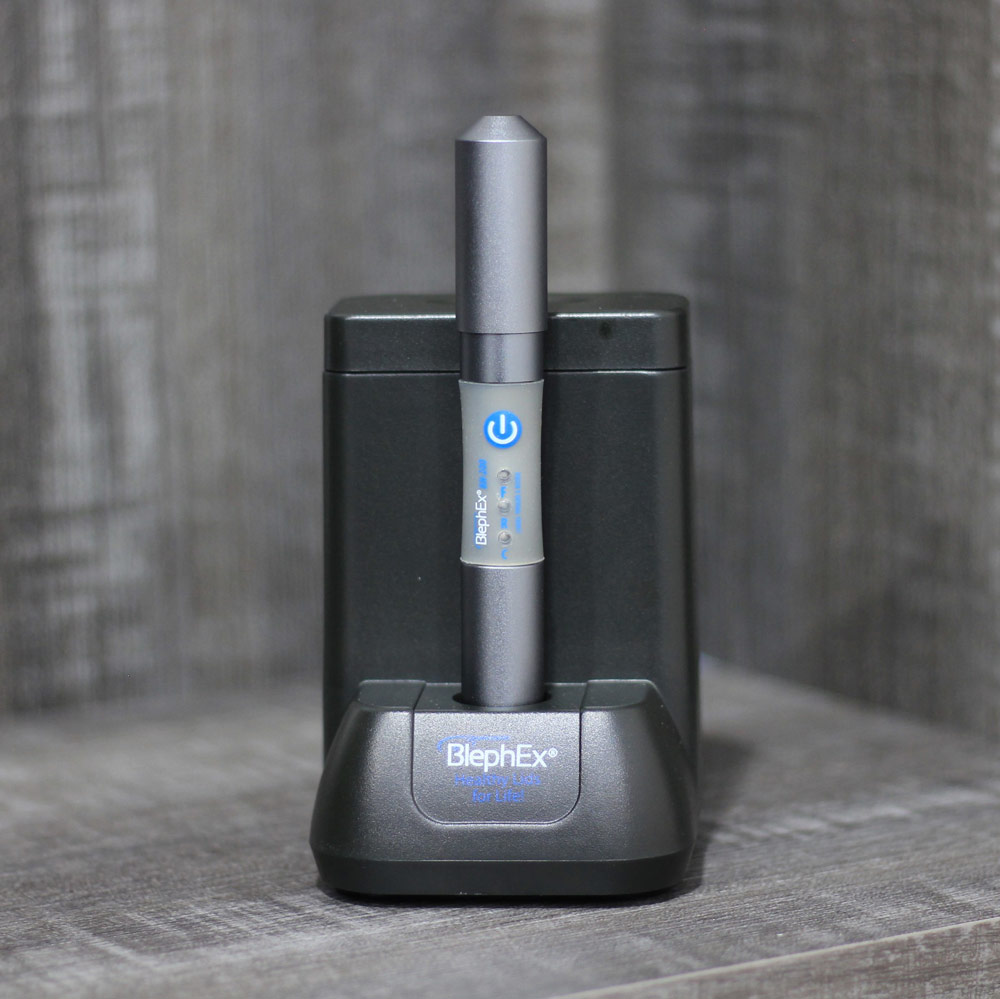
BlephEx®
Learn more
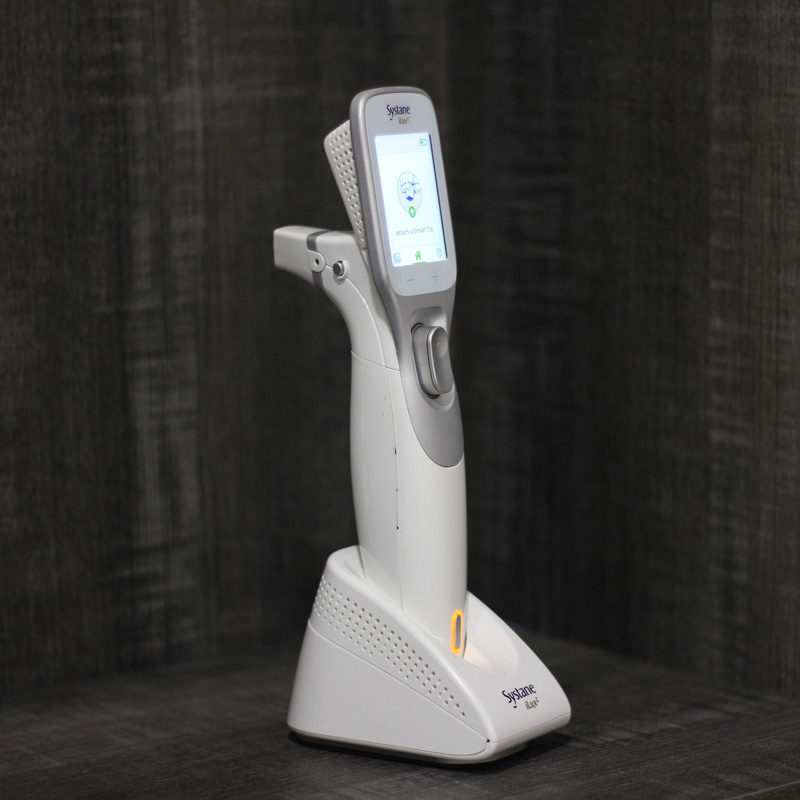
iLux®
Learn more
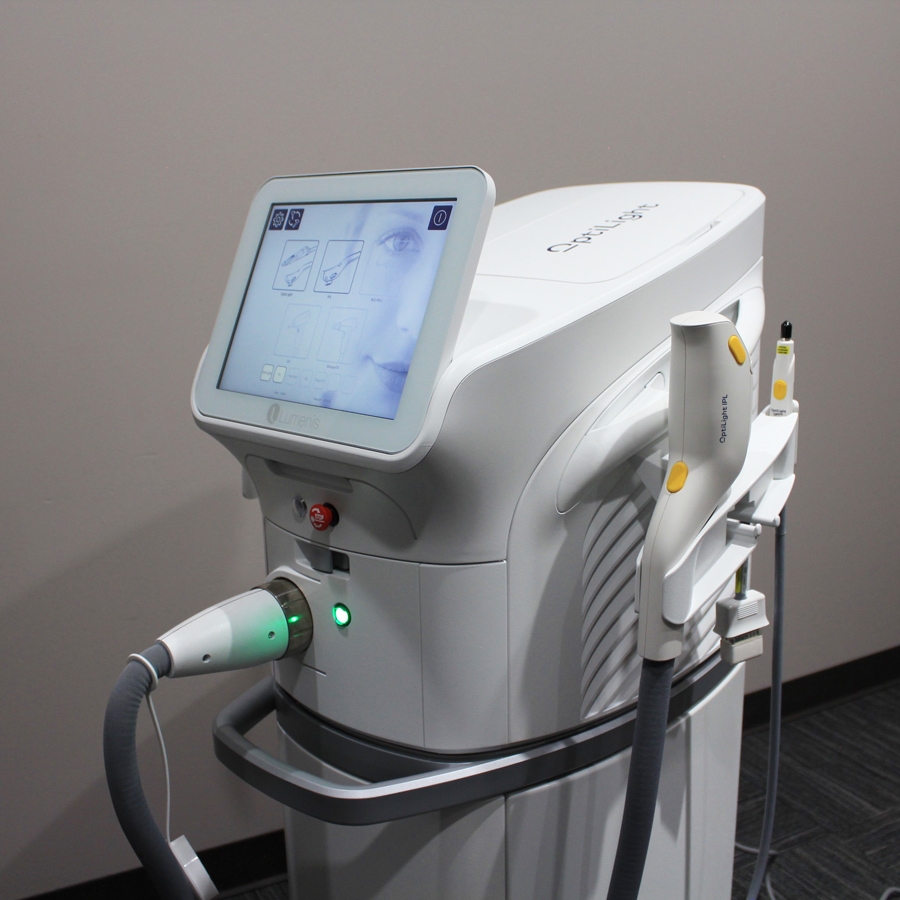
OptiLight
Learn more

